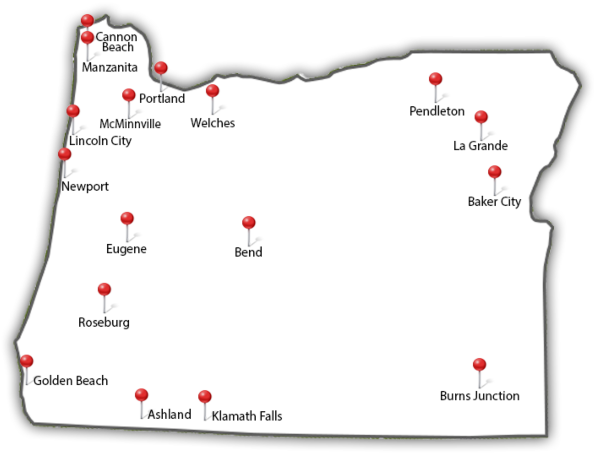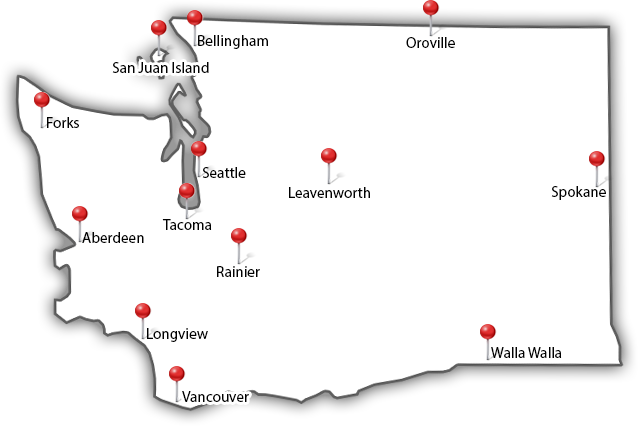Composting 101
What’s So Great About Composting?
Landfills around the world are overflo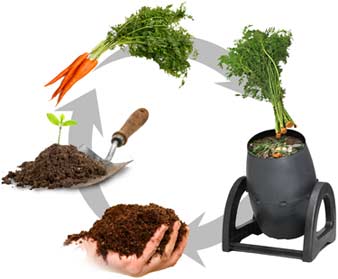 wing, and pretty soon we are going to run out of space for all that garbage! Luckily, many things we throw away can actually decompose in our backyards and even improve the soil in our gardens. Composting just might make your heirloom tomatoes grow bigger and juicier.
wing, and pretty soon we are going to run out of space for all that garbage! Luckily, many things we throw away can actually decompose in our backyards and even improve the soil in our gardens. Composting just might make your heirloom tomatoes grow bigger and juicier.
Composting also helps prevent soil erosion and runoff. Plus, it cuts down on the amount of methane produced by landfills and greenhouse gases produced by hauling garbage. Composting can reduce up to 30% of your household waste. Best of all, you can compost in your yard for free instead of spending money on chemical fertilizers.
Source: Composter Connection
How does composting help your yard? It acts as a soil conditioner, adding nutrients to your plants to keep the soil moisturized. It helps sandy soils retain water and loosens clay soils.
Adding compost stimulates healthy root development in plants and improves soil fertility. The organic materials in compost supply nutrients for microorganisms that keep the soil healthy and balanced. Feeding microorganisms naturally produces phosphorus, nitrogen and potassium. That means you don’t need to add any chemicals to your soil!
Below is a handy chart of things you can compost and how to do it.
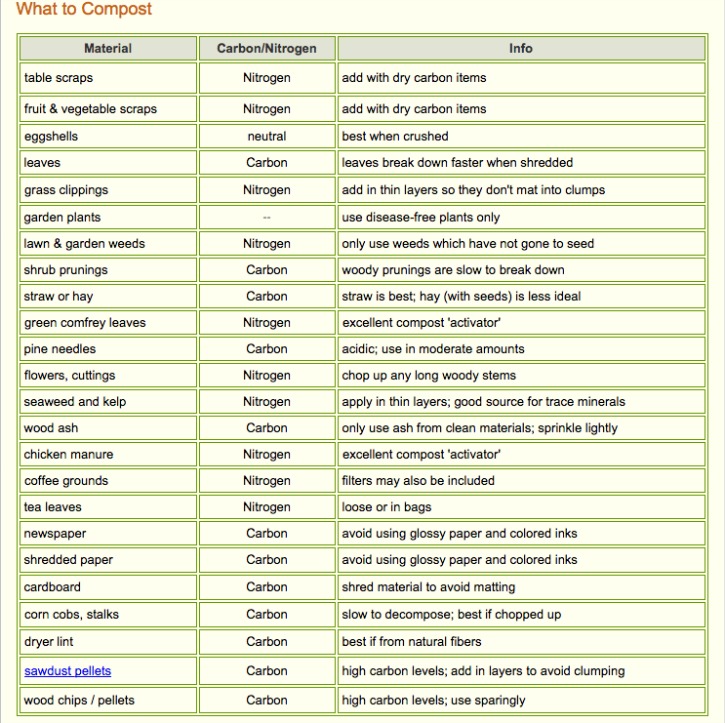
Source: eartheasy
Begin with a container. You need some way to hold all of the decomposing material together so that the beneficial bacteria that breaks down the plant matter can heat up and do its job.
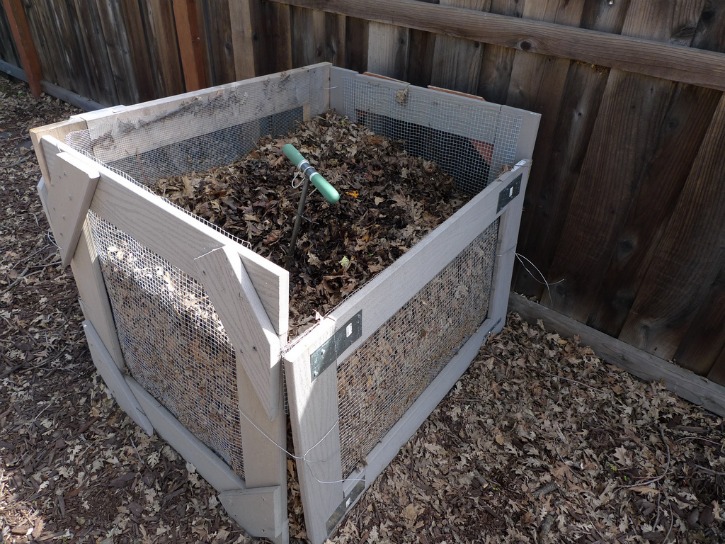
Source: mjmonty
There are two types of compost bins: rotating and stationary. Both kinds need to have the contents periodically turned to combine the decaying matter and provide oxygen.
A stationary bin can be as easy as a wooden crate or a well-ventilated cage made from a wire fence. A well-designed bin allows for faster results by retaining moisture and heat. The downside to stationary bins is that they take longer to compost: usually several months or even years. If you’re going to go this route, place the pile in a sunny area so that it gets as much heat as possible. It will still decompose in a shaded area, but at a much slower rate, especially during freezing temperatures.
Compost tumblers are easy-to-turn bins that quicken the process. Instead of taking months or years, they do the job in just a few weeks. Heat retention and frequent oxygen infusions are what makes tumblers faster. Like stationary bins, you also want to put your compost tumbler in direct sunlight.
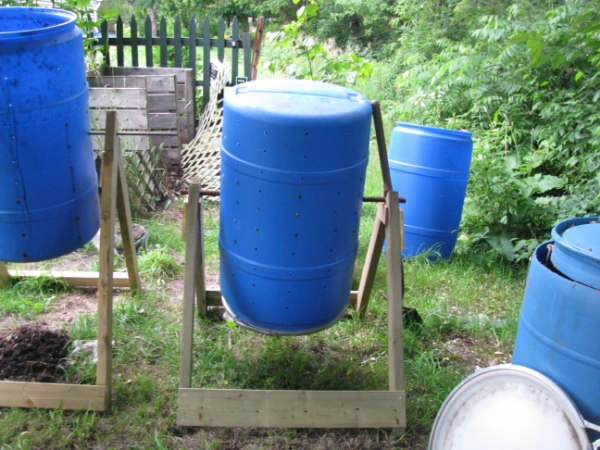
Source: Bev Wagner
Continue reading about How to Get the Mix Right…
Next Page
blog comments powered by Disqus







